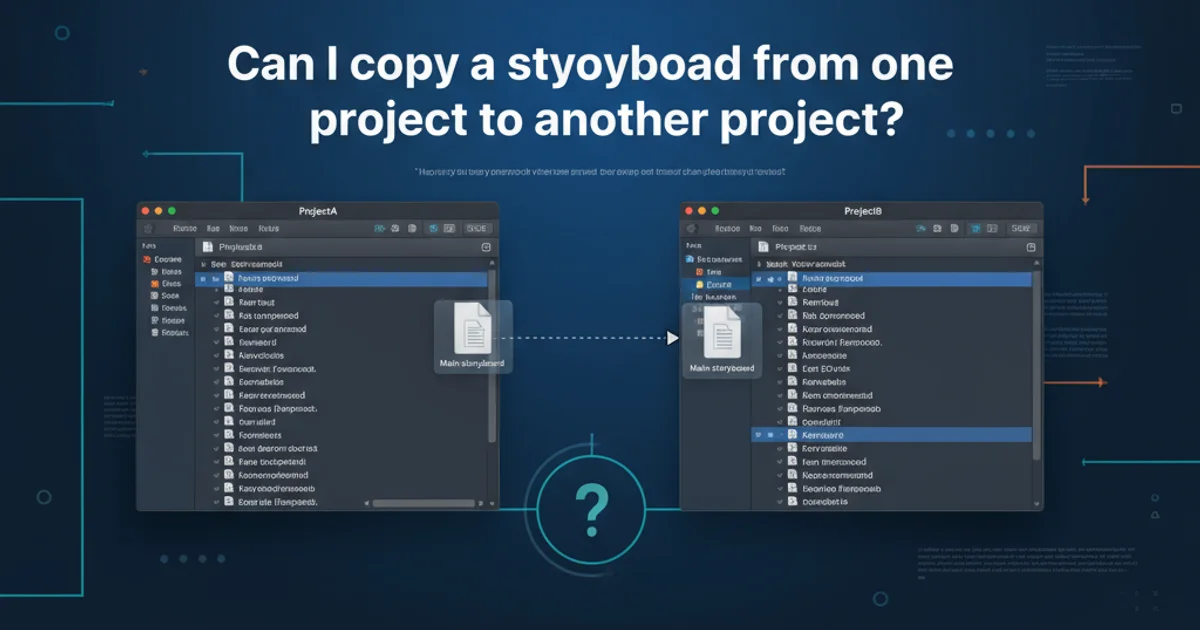Add a bash script to path
Categories:
Adding a Bash Script to Your System's PATH

Learn how to make your custom Bash scripts executable from any directory by correctly adding them to your system's PATH environment variable.
One of the most common tasks for Linux and macOS users is creating custom Bash scripts to automate repetitive tasks. While writing the script is the first step, making it easily accessible from any directory in your terminal requires adding its location to your system's PATH environment variable. This article will guide you through the process, explaining what the PATH is, why it's important, and how to correctly configure it for your scripts.
Understanding the PATH Environment Variable
The PATH is an environment variable in Unix-like operating systems that tells the shell where to look for executable programs when you type a command. When you execute a command like ls or grep, the shell doesn't immediately know where these programs reside. Instead, it consults the PATH variable, which contains a colon-separated list of directories. The shell searches these directories in order until it finds an executable file matching the command you entered. If it doesn't find the command in any of the specified directories, it returns a "command not found" error.
echo $PATH
View your current PATH variable
flowchart TD
A[User types command] --> B{Is command an alias or built-in?}
B -->|Yes| C[Execute alias/built-in]
B -->|No| D{Check PATH variable}
D --> E{Search directories in PATH}
E -->|Found| F[Execute program]
E -->|Not Found| G["Command not found" error]How the shell resolves commands using PATH
Methods for Adding a Script to PATH
There are several ways to add a script's directory to your PATH, each with different scopes and persistence. The most common and recommended method for personal scripts is to add them to a directory that is already in your PATH or to add a new custom directory to your PATH permanently.
~/bin directory (or ~/.local/bin) and add it to your PATH. This keeps your custom scripts organized and separate from system binaries.1. Step 1: Create a Script and Make it Executable
First, create your Bash script and save it to a file. For this example, let's create a simple script named my_script.sh in your home directory. Remember to add the shebang line (#!/bin/bash) at the beginning of your script to specify the interpreter.
Then, make the script executable using the chmod command.
2. Step 2: Choose a Location for Your Script
You have two main options: either move your script to an existing directory already in your PATH (like /usr/local/bin for system-wide access, or ~/bin for user-specific access), or create a new directory and add it to your PATH.
For user-specific scripts, creating ~/bin is highly recommended. If it doesn't exist, create it:
3. Step 3: Add the Directory to Your PATH Permanently
To make the PATH change persistent across terminal sessions, you need to add the export PATH="$HOME/bin:$PATH" line to your shell's configuration file. This is typically ~/.bashrc for Bash or ~/.zshrc for Zsh. If you're using a different shell, consult its documentation.
Open your shell's configuration file with a text editor (e.g., nano, vim, gedit):
4. Step 4: Apply the Changes
After saving the changes to your configuration file, you need to either restart your terminal or source the configuration file to apply the changes to your current session.
5. Step 5: Verify the PATH and Script Execution
Finally, verify that your new directory is in the PATH and that your script can be executed from any location.
Create Script
#!/bin/bash
# my_script.sh
echo "Hello from my custom script!"
chmod +x ~/my_script.sh
Create ~/bin
mkdir -p ~/bin
mv ~/my_script.sh ~/bin/
Edit .bashrc
# Open .bashrc
nano ~/.bashrc
# Add this line to the end of the file:
# export PATH="$HOME/bin:$PATH"
Edit .zshrc
# Open .zshrc
nano ~/.zshrc
# Add this line to the end of the file:
# export PATH="$HOME/bin:$PATH"
Apply Changes
source ~/.bashrc # Or source ~/.zshrc
Verify
echo $PATH
my_script.sh
PATH variables (e.g., in /etc/profile or /etc/environment), as incorrect changes can affect all users and potentially break system functionality. For personal scripts, always prefer user-specific configuration files like ~/.bashrc or ~/.zshrc.Temporary PATH Modification
Sometimes, you might only need to add a directory to your PATH for the current terminal session. This is useful for testing or when you don't want a permanent change. To do this, simply run the export command directly in your terminal. The change will only last until you close that terminal session.
export PATH="/path/to/your/temp/scripts:$PATH"
# Now you can run scripts from /path/to/your/temp/scripts
Temporarily add a directory to PATH